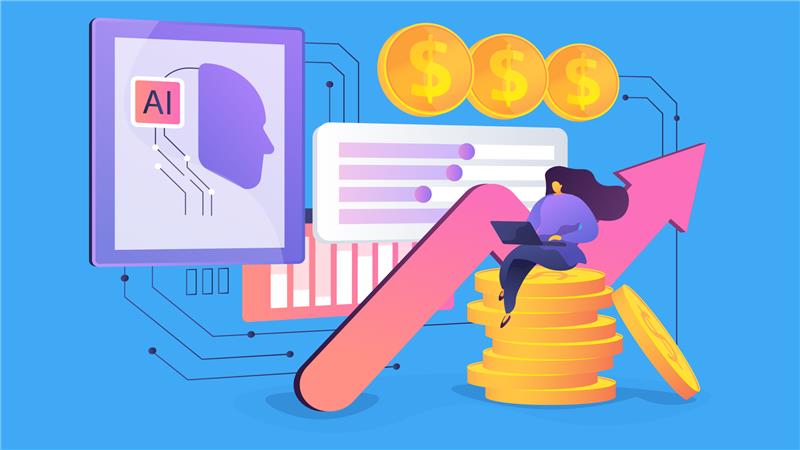Twenty-five percent of working Americans are at “high risk” of losing their jobs to automation, according to a recent Brookings Institution study.
A 2017 report by McKinsey also predicted a third of workers in the U.S. would be replaced by automation and robots by 2030-however, coronavirus could help speed up predicted timelines.
Robots Replacing Jobs
Robots are being incorporated into the workforce now more than ever to decrease the spread of COVID-19, taking on cleaning and food preparation jobs considered dangerous for humans, according to a report from Reports and Data.
Before the pandemic, automation was gradually replacing some human work in a range of jobs as companies looked to cut costs, reported The New York Times (April 10). As people keep social distancing, which is likely to continue in some ways post-pandemic, this could prompt more industries to accelerate their use of automation.
“Pre-pandemic, people might have thought we were automating too much,” said Richard Pak, a professor at Clemson University who researches the psychological factors around automation. “This event is going to push people to think what more should be automated.”
COVID-19 has caused unemployment claims to surge to record levels in recent weeks, as a staggering 22 million people, or roughly 13.5% of the labor force, filed for unemployment since March 14, according to the Labor Department. While social distancing may be temporary, effects on the labor market will have long-lasting consequences.
“What usually takes months or quarters to happen in a recession is happening in a matter of weeks,” said Michelle Meyer, chief U.S. economist for Bank of America Merrill Lynch.
Mark Muro, a senior fellow and policy director at the Brookings Institution’s Metropolitan Policy Program, recently wrote, “Any coronavirus-related recession is likely to bring about a spike in labor-replacing automation.” Muro argued that economic downturns bring about increased levels of automation, and a coronavirus recession could cause even more automation.
“What happens is that, because of the crisis of the bottom line and a crash in revenue, humans become relatively more expensive compared to automation,” said Muro. “Meanwhile, you can restructure your business using new technology that increases productivity. So the typical move is to replace less-skilled workers with a fewer number of more-skilled workers or retain higher-skilled workers but then to bring in new technology.”
Research by macroeconomists Nir Jaimovich, PhD, and Henry Siu found that in three recessions over the last 30 years, 88% of job loss took place in routine highly automatable occupations.
As to what groups of workers may be the most exposed, the threats are not evenly distributed, reported Brookings (March 24). An automation surge is likely to affect “routine” occupations, such as jobs in production, foodservice, and transportation.
Young workers also may be at higher risk because of their heavy concentration in the food industry, while Latino or Hispanic workers could be more exposed than any other racial or ethnic group given their overrepresentation in foodservice jobs, production, and construction—areas likely to be stressed.
Less Human Interaction
Stay-at-home orders are decimating the operations of restaurant, retail, and recreation industries. Johannes Moenius, PhD, director of the Institute of Spatial Economic Analysis at the University of Redlands, found that the technology to automate 86% of restaurant jobs, 76% of retail jobs, and 59% of recreation jobs would be available by 2035, opening the possibility for businesses to replace human workers with robots when allowed to reopen.
Additionally, the grocery industry is implementing more automation to allow employees to deal with an increase in demand during the pandemic.
Foodservice is also a major area where the use of robots is likely to increase because of health concerns, reported BBC (April 19).
“People usually say they want a human element to their interactions, but COVID-19 has changed that,” said Martin Ford, a futurist who has written about the ways robots will be integrated into the economy in the coming decades. “[COVID-19] is going to change consumer preference and really open up new opportunities for automation.”
Even prior to the pandemic, fast food chains, such as McDonald’s, were testing robots as cooks and servers. It is possible this technology could be fast-tracked during and after the pandemic.
Once a company has invested in using this technology to replace a worker, it is unlikely it will rehire for that role as robots are more expensive to create but once they are operating they are cheaper than human workers.
“People will prefer to go to a place that has fewer workers and more machines because they feel they can lower overall risk,” noted Ford.









